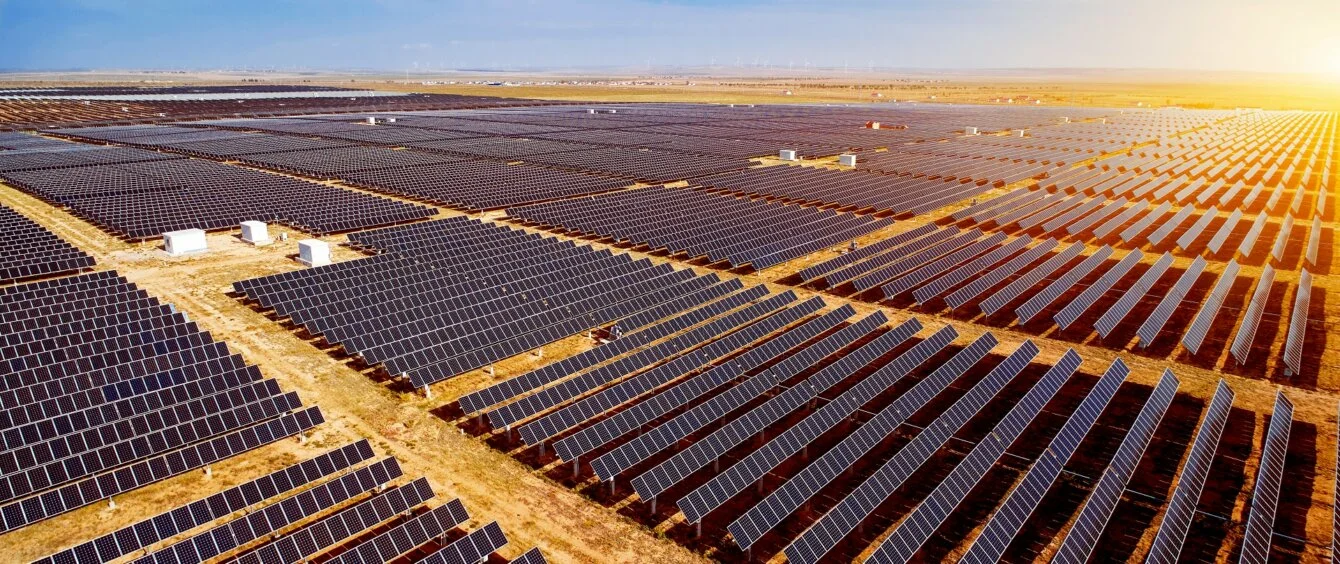The International Energy Agency (IEA) has published its first update to its landmark Net Zero Roadmap issued in May 2021. The update assesses changes since then to technologies, markets and policies to gauge where the world currently lies with regard to achieving net zero carbon emissions by 2050.
The report says that global carbon dioxide emissions hit a record 37 billion tons in 2022 and that August 2023 was the hottest month on record by a large margin. As a result, the pathway to net zero by 2050 has narrowed, but it is still open, if appropriate action is taken.
Although much more ambition is required, there is good news: the IEA estimates that global carbon emissions and demand for oil, coal and gas will all peak this decade even without new climate policies.
Technical capacities are increasing
Particular successes are that solar PV installations and electric car sales are both tracking in line with the milestones set out for them in the IEA’s 2021 Net Zero report.
Moreover, the tools already exist to achieve 80% of the emissions reductions needed by 2030. These are the ability to build renewable energy capacity, particularly wind and solar power, improve energy efficiency, cut methane emissions and increase electrification.
Most important is that “scaling up clean energy is the main factor behind a decline in fossil fuel demand of over 25% this decade”, the IEA says. Indeed, electricity is so fundamental to the energy transition that it will become the “new oil” of the global energy system, according to the agency.
Key measures for climate neutrality
Renewable energy capacity needs to triple globally to 11,000 GW by 2030 and will provide the largest emissions reductions to 2030 in the NZE scenario – the pathway outlined by the IEA to achieve net zero by 2050.
The second most important contribution comes from doubling the rate of energy efficiency improvement by 2030. This includes improved technical efficiency, switching to cleaner fuels, such as electricity, and using energy and materials more efficiently.
Cutting methane emissions, hydrogen, bioenergy and Carbon Capture and Storage – both from combustion and directly from the atmosphere — are also important components of the NZE scenario.
The IEA estimates that reducing methane emissions from oil and gas operations by 75% would cost about $75 billion in cumulative spending by 2030, equivalent to just 2% of the oil and gas industry’s net income in 2022. This would be accompanied by net cost savings through the sale of captured methane.
Policy makers need a “build big” mentality
As electricity becomes the new oil of the global energy system, the IEA estimates that power transmission and distribution grids need to expand by around 2 million kilometres each year to 2030. Given the long lead times surrounding grid expansions, the IEA says policy makers need to adopt a “build bid” mentality.
There is also an urgent need to expand the energy transition more widely to emerging and developing economies. Current policies in the advanced economies and China are on course to achieve 85% of their contribution to NZE scenario carbon emissions reductions, but this is not the case for other emerging and developing economies.
The IEA estimates that $1.8 trillion globally will be invested in clean energy in 2023, but that this needs to rise to $4.5 trillion annually by the early 2030s. Within this, clean energy spending in emerging and developing economies needs to increase seven-fold, supported by $80-$100 billion in concessional funding each year by early next decade.
